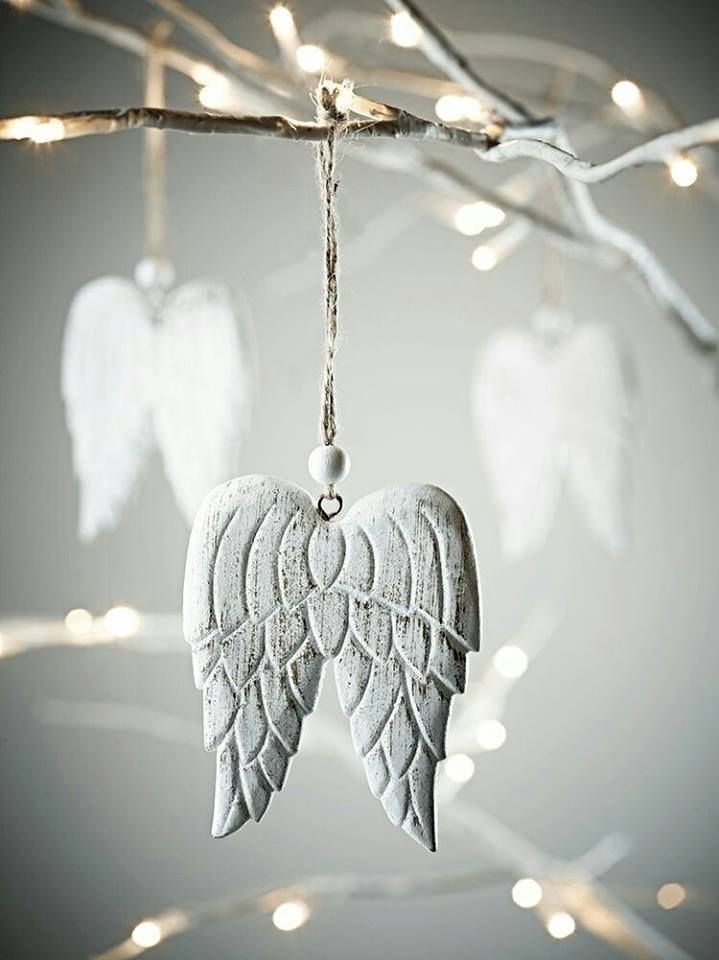Mixed Media Art Therapy : Unleash Your Creativity...
- Koöko Fleurs
- Aug 14, 2024
- 3 min read
Updated: May 10

Art therapy is a powerful tool for self-expression and healing, and mixed media art offers a unique and versatile approach to this therapeutic practice. By combining various materials and techniques, mixed media art allows individuals to explore their emotions, experiences, and creativity in a deeply personal and meaningful way.
What is Mixed Media Art?
Mixed media art involves the use of different artistic materials and techniques within a single artwork. This can include a combination of:
- Paints (acrylic, watercolor, oil)
- Drawing materials (pencils, charcoal, pastels)
- Collage elements (magazine cutouts, fabric, paper)
- Textural components (sand, beads, fabric)
- Found objects (buttons, leaves, small trinkets)
The beauty of mixed media lies in its flexibility and the endless possibilities it offers for creative expression.
Benefits of Mixed Media in Art Therapy
1. Enhanced Self-Expression: Mixed media allows individuals to express themselves in ways that might not be possible with a single medium. The variety of materials can help convey complex emotions and thoughts.
2. Stress Relief: Engaging in the tactile and immersive process of creating mixed media art can be incredibly soothing and stress-relieving. The act of manipulating different materials can help individuals focus and relax.
3. Exploration of Identity: By combining various elements, individuals can explore different aspects of their identity and experiences. This can be particularly beneficial for those working through trauma or significant life changes.
4. Problem-Solving Skills: The process of creating mixed media art often involves experimentation and problem-solving, which can enhance cognitive flexibility and resilience.
5. Non-Verbal Communication: For those who find it difficult to express themselves verbally, mixed media art provides an alternative means of communication. It can be a powerful way to convey feelings and experiences that are hard to put into words.
How to Get Started with Mixed Media Art Therapy
1. Gather Materials: Start by collecting a variety of materials that inspire you. This can include paints, papers, fabrics, and any other items that catch your eye.
2. Create a Safe Space: Set up a comfortable and safe space where you can work without interruptions. This will help you feel more relaxed and open to the creative process.
3. Set an Intention: Before you begin, take a moment to set an intention for your artwork. This could be a specific emotion you want to explore or a theme you want to focus on.
4. Experiment and Play: Allow yourself to experiment with different materials and techniques. There are no rules in mixed media art, so let your creativity guide you.
5. Reflect on Your Work: After completing your artwork, take some time to reflect on the process and the final piece.
What emotions or thoughts came up for you? How does the artwork make you feel?
Mixed media art therapy is a dynamic and enriching practice that can offer profound benefits for emotional and psychological well-being. By embracing the versatility and freedom of mixed media, individuals can embark on a journey of self-discovery, healing, and creative expression.
Whether you're an experienced artist or a complete beginner, mixed media art therapy invites you to explore the depths of your creativity and find new ways to connect with yourself and the world around you. So gather your materials, set your intention, and let the healing power of mixed media art guide you on your therapeutic journey.
If you're inspired to explore the transformative power of art therapy, color therapy, painting, mixed-media, or collage, I invite you to embark on a creative journey that nurtures self-expression and well-being. Whether you're seeking artistic growth, emotional healing, or a new perspective, my services are designed to support and uplift you. For guidance tailored to your needs, please contact art therapist and energy practitioner, Marie-Élisabeth at kookofleurstherapy.info@gmail.com —let’s create something meaningful together!











Comments